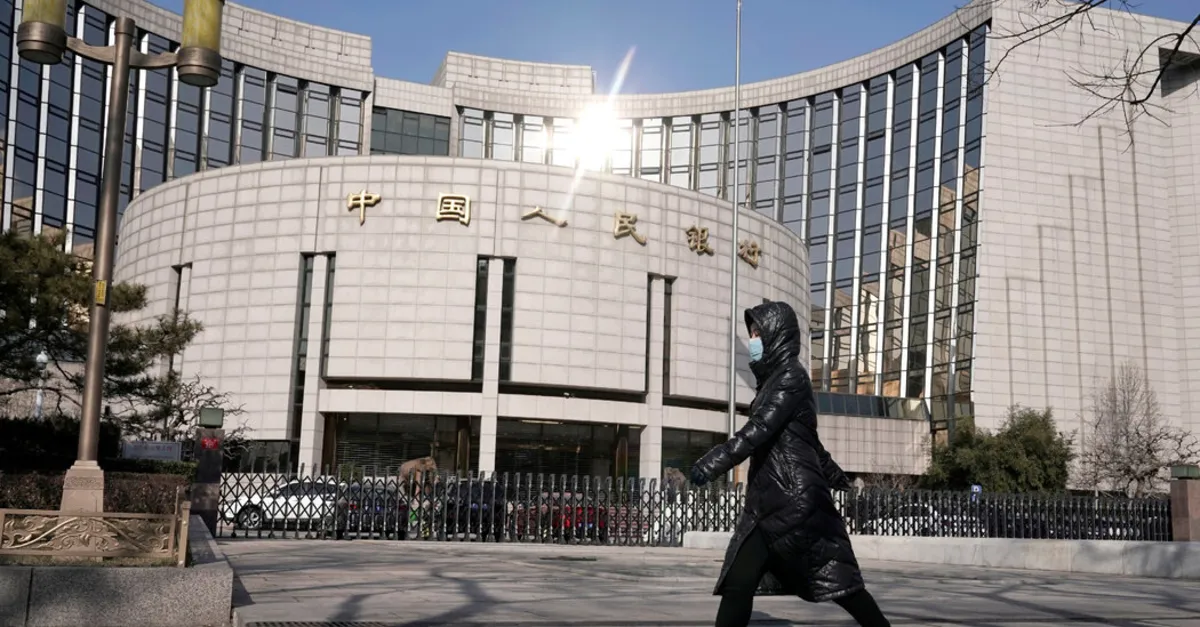
In a decisive move to bolster its economy amid ongoing global uncertainties, China's central bank has announced a series of significant policy measures aimed at enhancing lending capabilities and injecting more liquidity into the market. The People’s Bank of China (PBOC) has implemented short-term interest rate cuts and revised the reserve requirements for banks, marking a critical step in the country's monetary policy response to the escalating trade war with the United States.
On Wednesday, the PBOC unveiled a comprehensive package of 10 measures designed to stimulate economic activity and encourage consumer spending. Among these changes, the central bank has reduced the reserve requirement ratio for commercial banks by half a percentage point. This reduction enables banks to free up substantial funds for lending, effectively increasing the availability of credit across various sectors.
Additionally, in a bid to further invigorate the economy, Chinese officials have lifted restrictions on auto financing firms and allocated more financial resources toward critical government priorities, including advancements in scientific and technological innovation. This multifaceted approach is aimed at sustaining economic momentum during a period characterized by heightened global economic fragmentation and trade tensions.
During a briefing with top financial officials, Pan Gongsheng, the governor of the PBOC, emphasized the importance of adopting a “moderately loose” monetary policy in light of a global economy rife with uncertainties. He noted that intensified economic fragmentation and ongoing trade tensions have created significant disruptions within global industry and supply chains. The central bank's commitment to stabilizing markets comes as the United States and China prepare for high-level discussions regarding trade in Geneva this week.
The backdrop of these policy changes includes a deteriorating trade relationship between the U.S. and China. Almost a month ago, President Trump escalated tariffs on Chinese imports to an unprecedented 145 percent, prompting Beijing to retaliate with its own tariffs on American goods, now set at 125 percent. This escalating standoff has critically impacted global trade dynamics, raising concerns about the economic outlook for both nations and numerous other countries dependent on international trade.
Last week, China reported a significant slowdown in manufacturing activity, primarily driven by a sharp decline in new export orders. Despite these challenges, the market responded positively to the central bank's announcement. The CSI 300 index, reflecting large companies traded in Shanghai and Shenzhen, saw a modest increase of 0.5 percent, while Hong Kong’s Hang Seng Index rose by 1.4 percent, signaling investor optimism.
With the recent reduction in the reserve requirement ratio, the PBOC is expected to inject approximately $139 billion in long-term liquidity into the market. This strategic financial maneuver is part of broader efforts initiated last September to stimulate economic growth following a series of external pressures. Mr. Pan had indicated earlier this year that such a reduction in the reserve ratio would be on the agenda, reflecting the central bank's proactive stance in navigating economic challenges.
In conclusion, the PBOC's recent interest rate cuts and adjusted reserve requirements mark a crucial step in China's strategy to mitigate the impacts of the ongoing trade war with the United States. As the world's second-largest economy faces mounting pressures, these measures aim to foster a more resilient economic environment conducive to growth and stability.